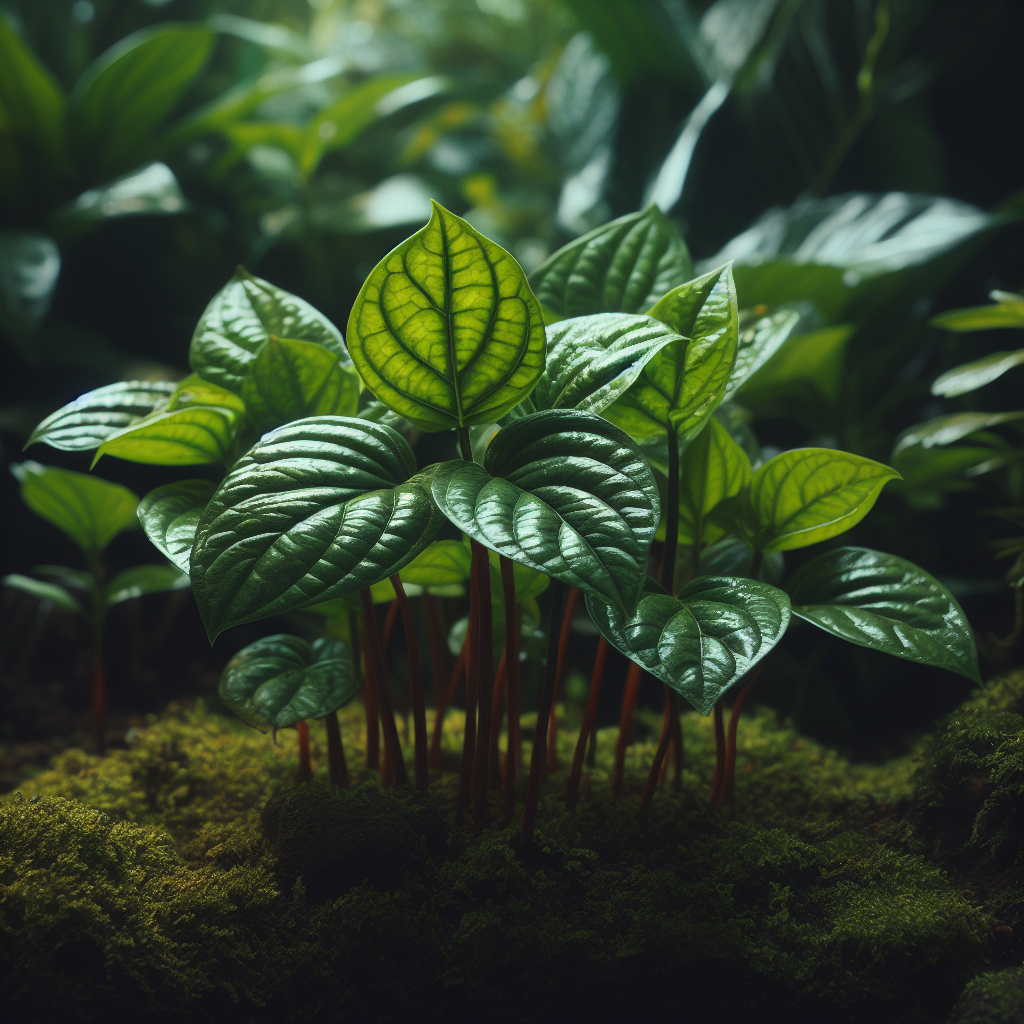Betel leaf, scientifically known as Piper sarmentosum, is a vibrant and versatile perennial creeper that not only adds aesthetic appeal to your garden but also contributes rich flavors to Southeast Asian cuisine. In this OrganicMotion article, we will delve into the botanical specifics, culinary uses, and planting guidelines to assist both novice and experienced gardeners in cultivating this delightful plant.
Botanical Overview
- Botanical Name: Piper sarmentosum
- Common Names: Wild pepper, kadok, bai cha plu, cha plu, bai som phou, sirih dudu, daun kaduk, betel pepper, la lot
- Family: Piperaceae
- Origin: Thailand and Vietnam
Plant Description
Betel leaf distinguishes itself from Betel pepper (Piper betle) and is an evergreen creeper reaching up to 90 cm. Featuring shiny heart-shaped leaves and small white flower spikes, it thrives in rich, well-drained soil with partial shade. While it prefers consistent moisture, it is sensitive to waterlogging. Although frost can damage leaves, a well-established plant survives. In colder areas, it can be cultivated in hanging baskets or large pots, moved to a sheltered spot during winter.
Uses
- Culinary Applications: The spicy leaves are culinary treasures, utilized both raw and cooked in Southeast Asian cuisine. For raw consumption, young tender leaves work best. In Thailand, ‘mieng kum,’ a popular snack, involves using betel leaves as wraps for fillings like peanuts, shrimp, shallots, lime, and raw ginger. Soaking leaves in cold water with a hint of sugar subtly alters their flavor.
- Medicinal Uses: Beyond its culinary contributions, betel leaf boasts various traditional medicinal applications.
Planting Details
- Planting Time: Propagation from cuttings is straightforward, especially during warmer periods.
- Planting Depth: Cuttings, approximately 25 cm long, should be stripped of leaves on the bottom half, buried to half their length in potting mix, and kept consistently moist.
- Spacing: Optimal spacing is between 60 to 100 cm apart, allowing the plants room to spread.
A burst of flavour to your culinary adventures
Cultivating betel leaf in your garden not only introduces an attractive creeper but also brings a burst of flavor to your culinary adventures. With its versatility in both raw and cooked dishes and traditional medicinal uses, betel leaf is a valuable addition to any garden. By following these planting guidelines, you can embark on a delightful journey of growing and enjoying this versatile plant.
